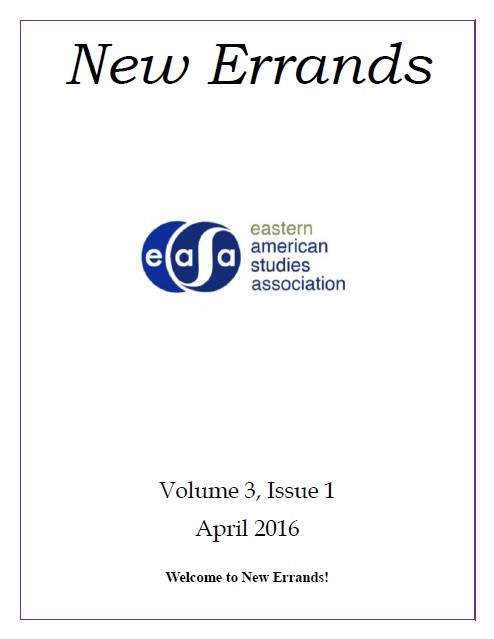Rage Against the Machine in the Garden: Television, Voyeurism, and Hyperrealism in American Suburban Film
DOI:
https://doi.org/10.18113/P8ne3260056Abstract
Following the Second World War, living in the suburbs has been connected to the American Dream. The suburbs appeared to be the perfect place to raise a family and enjoy the benefits of both urban and rural conveniences without the exposure to harmful influences of the city. Ebenezer Howard argues that the town and the countryside exert a magnetic pull that draws urban citizens in, eventually resulting in a balance between the two in a hybrid environment: the middle landscape, or the suburbs (166-69). Everyone strives to own a suburban home and everyone wants to fulfill their dream of a perfect life with a perfect family and perfect neighbors. However, once people have started to move, some realized that reality did not live up to the utopian expectations of the project. The magnet that has drawn them to the suburbs in the first place, began to tear them apart through conformity, social pressures, and paranoia. People started to scrutinize the suburb's universal claim of an ideal reality. It is no surprise that these doubts were most fervently raised by scholars, poets, authors, and movie makers who, often originating from an urban background, detested the values of the middle landscape.

Rage Against the Machine in the Garden: Television, Voyeurism, and Hyperrealism in American Suburban Film by Roland Gawlitta is licensed under a Creative Commons Attribution 4.0 International License

